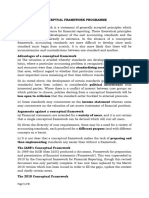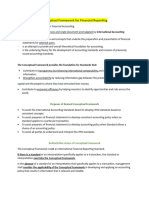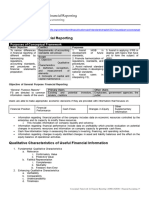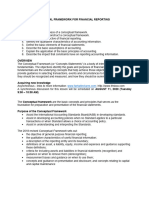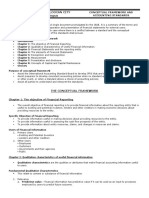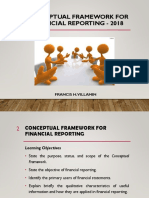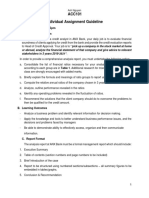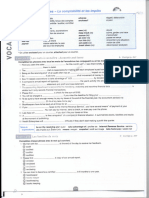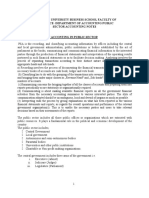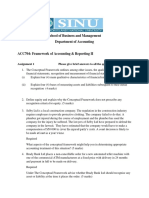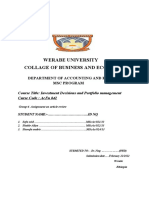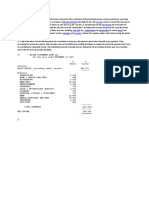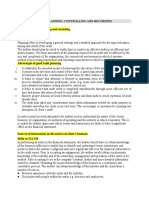0% found this document useful (0 votes)
101 views15 pagesConceptual Framework in Accounting
The document discusses the conceptual framework for financial reporting established by the International Accounting Standards Board. It provides definitions and objectives of the conceptual framework, describes its key concepts like assets and liabilities, and explains why the conceptual framework is important and how it helps set standards and ensure uniform interpretation.
Uploaded by
siphe064Copyright
© © All Rights Reserved
We take content rights seriously. If you suspect this is your content, claim it here.
Available Formats
Download as DOCX, PDF, TXT or read online on Scribd
0% found this document useful (0 votes)
101 views15 pagesConceptual Framework in Accounting
The document discusses the conceptual framework for financial reporting established by the International Accounting Standards Board. It provides definitions and objectives of the conceptual framework, describes its key concepts like assets and liabilities, and explains why the conceptual framework is important and how it helps set standards and ensure uniform interpretation.
Uploaded by
siphe064Copyright
© © All Rights Reserved
We take content rights seriously. If you suspect this is your content, claim it here.
Available Formats
Download as DOCX, PDF, TXT or read online on Scribd
/ 15


